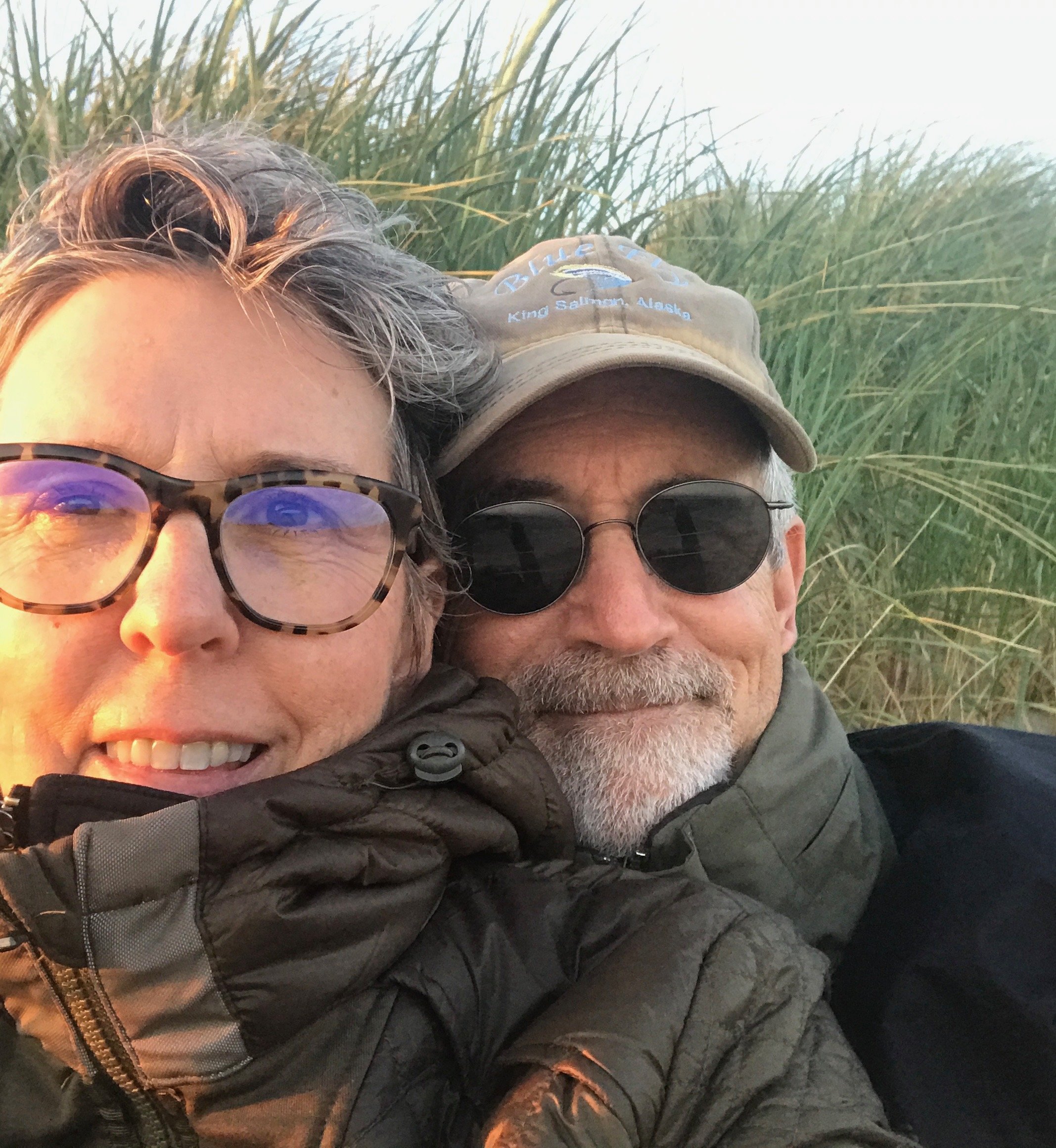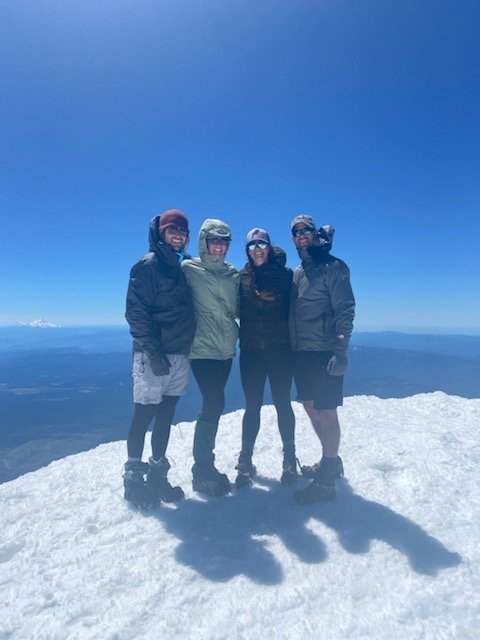It all started when Tom was getting ready to retire from a 40 year civil service career as a research scientist for the United States Geological Survey.* It was going to mean a drastic change for our lives in almost every imaginable way, and rather than let this new way of life have its way with us, we decided to find our own way with it.
We booked a cabin at the beach for what we were calling our Pre-Retirment Summit, and came up with the following three questions:
1. What did we want retirement life to look like?
2. What were we excited about?
3. What were we anxious about?
There weren’t a lot of rules to the whole thing other than to show up with open hearts, open minds, lots of Sleepy Monk Coffee, daily walks on the beach, and of course, good food and wine. It was good work, hard work, fun work, and sometimes painful work, as we engaged in the kind of honest, sometimes raw, and always vulnerable conversation that partnership requires. What emerged out of that first summit was a blueprint for post-retirement life. More than simply a strategic planning session, it was another layer of our initial until-death-do-us-part vow. This is who and how we want to be in the world, separately and together, and this is how we will endeavor to do that.
The work done over morning coffee, afternoon walks, and evening wine served as a filter for our choices in the days and years ahead. It helped us get a handle on how we wanted to spend our time and be good stewards of our lives It also gave us a better shot at living with and loving each other well— however imperfectly at times.
The power of that summit was heading home having landed on lots of the same pages. Not all the pages, but the ones where we weren’t were fodder for the never ending work of becoming better humans together. It equipped us to better handle all that retirement from a long and meaningful career of doing really good work, would throw our way. Tom’s way, as he began to experience the silence and invisibility that comes with no longer being in the room, and the unoccupied hours waiting to be filled with new endeavors. My way, as I suddenly had a partner who was home. All. The. Time. And the new practice of making decisions together rather than running my own show. Our way, as we began to encounter rough edges, identify smooth ones, and discover new growing edges. And, it was that summit that helped us begin to establish the rhythms and rituals that would stitch our new life together, together.
We’ve held a summit every year since. The questions shift and evolve, but the process remains. So much of our time, focus, and energy is spent in the weeds of our daily. The summit is a chance to both get a bird’s eye view of it all, and to get down into the weeds of it all. To get a glimpse of life as it’s been, how it is right now, and how it might be. And, how it got to be how it’s been, how it is right now, and how to best make it what we hope it to be.
I wish we’d discovered it sooner. As I wander back over our 30 year of life together, I wonder what we might have done differently if we’d held more summits. Taken time to take stock, get on as many same pages as possible, and even more intentionally chart our course. None of our runways to whatever comes after this life are getting shorter, and while it’s never too late to start the practice of the summit, it’s also never too soon.
The power of the summit is in the dedicated time to reflect on what matters, and figure out how to even better connect who we are with how we live.
The power of the summit is in the conversations as much as what comes out of those conversations.
The power of the summit is in the freedom that is found when we don’t simply let life have its way with us, but rather find our way with it.
The power of the summit isn’t in the plans and to-do lists that emerge, but in knowing what those plans and to-do lists serve.
The power of the summit is…well… you tell me after you’ve tried one.
Side note: A summit doesn’t require a plus-one. Nothing wrong and plenty right with a summit for one.
Pre-Retirement Summit - 2018
This is an unpaid political announcement: Civil servants do important, non-partisan work on behalf of all of our citizens, often working long hours and at lower pay than they would in the private sector. Call your elected officials and tell them to value, support, and protect our civil servants.






